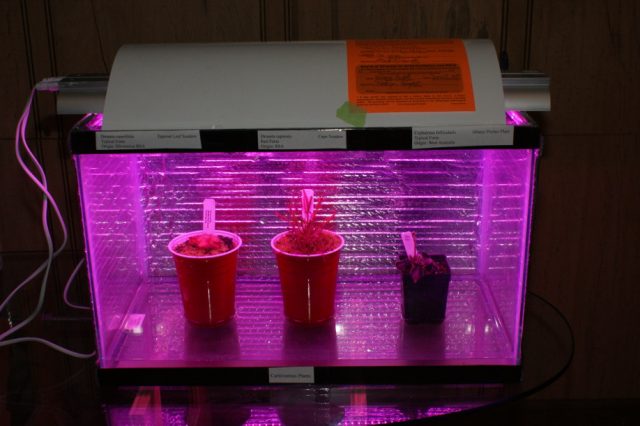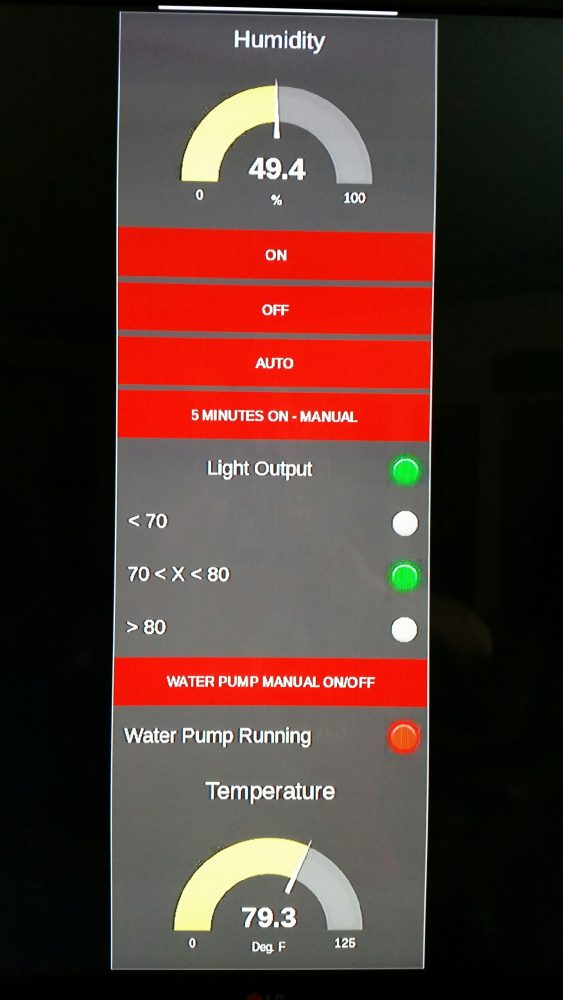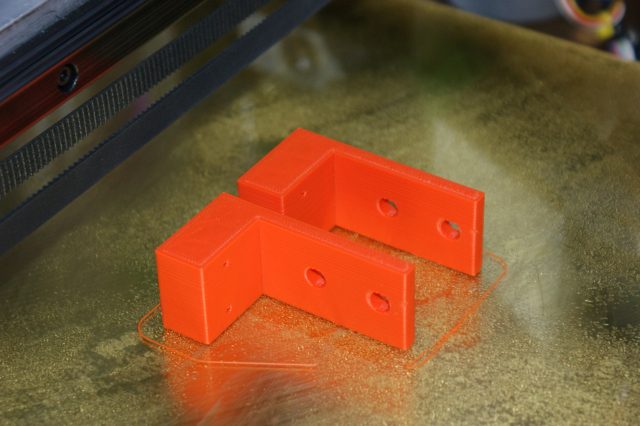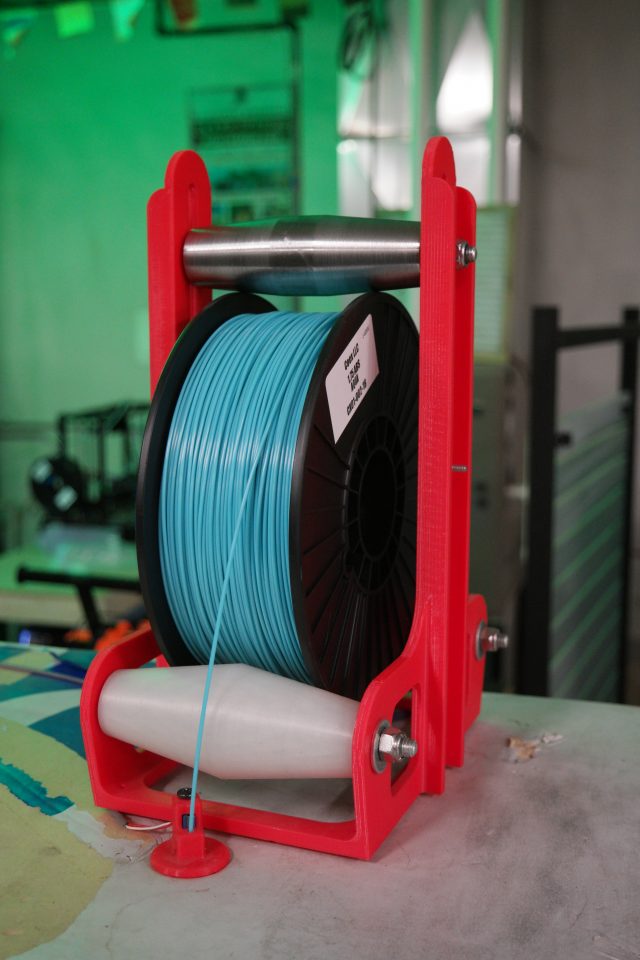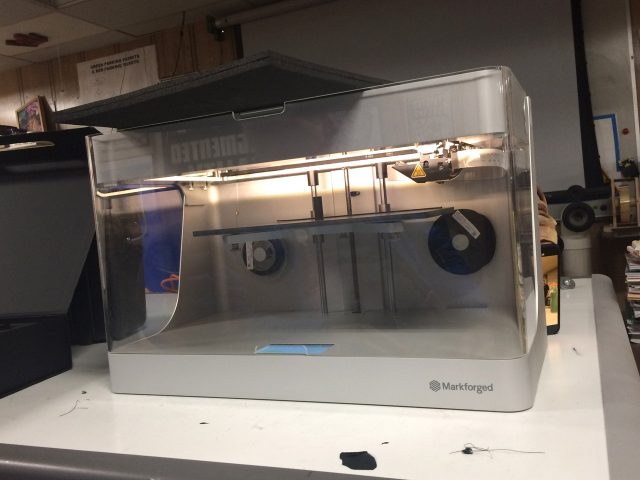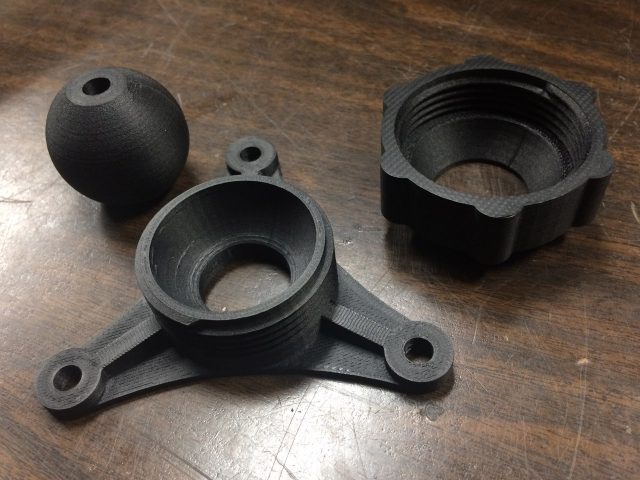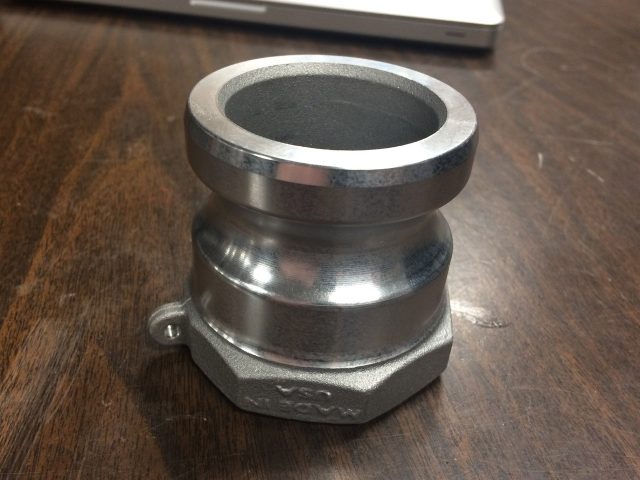
I built my first RepRap 3D Printer in 2011/2012 after using a MakerBot CupCake CNC at the Makerspace a few years earlier. It worked well until it broke, then I fixed it, and it broke again, and over and over and eventually I bought a new 3D Printer, and my old RepRap sat mostly unused because it wasn’t a very good machine. So earlier this year I decided to disassemble it and start over, but this time I wanted to follow a few methods that Mark used for Son of MegaMax and for Ultra MegaMax Dominator. Also, he has a lot of 40mm extrusion on hand. ;)

I started by designing things in OpenSCAD and then started building once I got enough pieces in place. It’s actually starting to look like a RepRap. Since I’ve only built printers from kits or instructions someone else created, this is the first 3D Printer I’ve actually designed. There are a lot of challenges, but I find it enjoyable. I hope to have things moving within the next few months. (I’m in no big hurry, as I have twelve other projects I’m working on simultaneously!)
If you want to follow along, I occasionally post in-progress photos on Instagram, and you can check out the reprap category on my blog.
